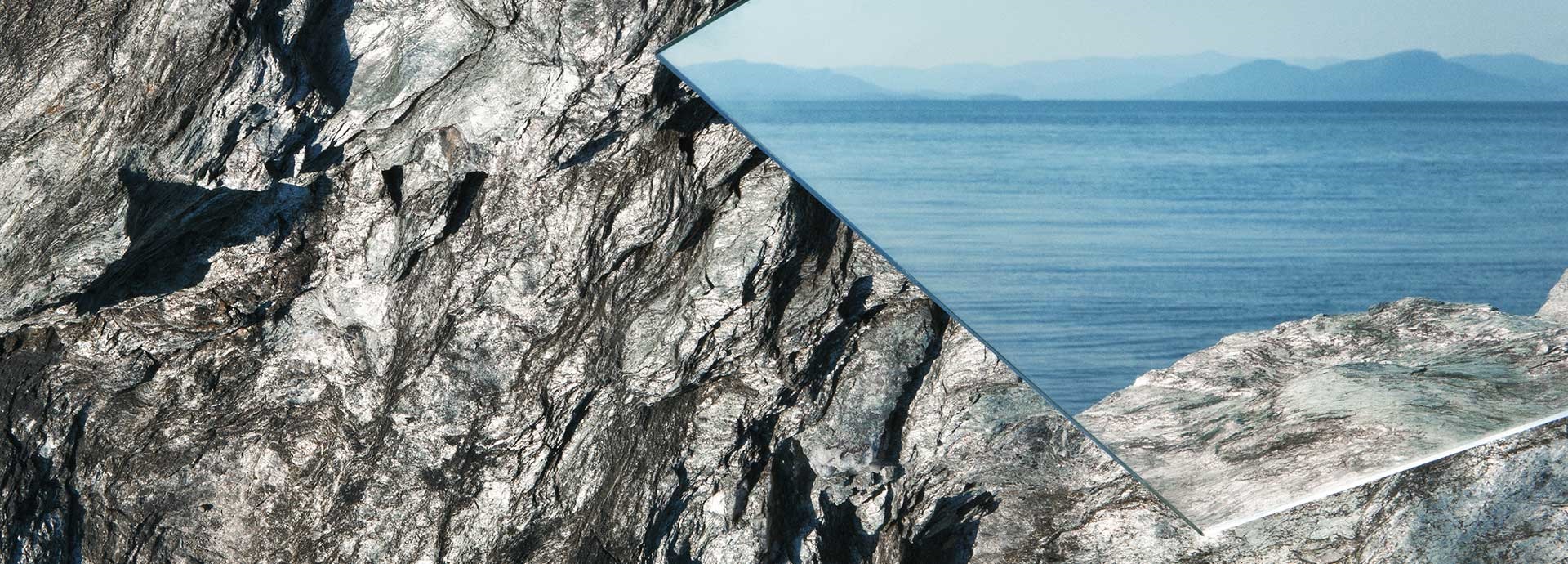

5803 results
Classes of dangerous goods according to SOLAS (Chapter VII, Part A), the BC-Code and the IMDG-Code, are as follows:
All substances of an inflammable nature which are liable to spontaneous combustion either in themselves or when stowed next to other substances and, when mixed with air...
A special list of dangerous goods on board and their location.
An area on a tanker, which, for the purpose of installation and use of electrical equipment, is regarded as dangerous.
The process, which dissipates the energy of a vibrating system in order to reduce the amplitude of the vibration or oscillation.
1. A hinged flap used to control gas flow, e.g. fire damper in an air trunk. 2. An energy-dissipating device which reduces the amplitude of certain vibration, e.g. axial vibration damper or torsional vibration damper.
Substantial physical damage to human health or to marine life or resources in coastal or inland waters, or areas adjacent thereto, caused by pollution, contamination, fire, explosion or similar disasters.
An analysis of different damage scenarios for standard loading conditions. In the event of damage to a ship, an assessment of the exact impact of the damage on the vessel’s stability is quite difficult.
Occasional surveys which are requested as a result of hull damage or other defects. The damages may result from grounding, collision, heavy weather, contact damage, etc.
The behaviour of a damaged chemical carrier can vary widely, depending on the combination of transported chemicals and their specific gravity.
Calculations of stability of damaged ship are complicated and tedious. At present, two different analysis concepts are applied: the deterministic concept and the probabilistic concept.
Stability of a flooded ship. When water runs into a ship following an accident, different scenarios can take place.
The zone of the ship where the stipulated damage can be assumed. The stipulated damage is defined in the applicable damage stability requirements.
A group of crewmembers trained for fighting flooding in the vessel.
The main purpose of this document is to stipulate appropriate action in the case of the hull damage. It should contain the following parts:
The Damage Control Information is a part of onboard documentation. The documentation should be clear and easy to understand.
A practical method of presenting the impact of damage on the ship’s stability developed for passenger vessels by Three Quays Marine Service.
The UNITED GRACE is fitted with an automatic level gauging and tank monitoring system. The pressure sensors measure absolute pressures.
The distance between the extreme points of a ship, forward and aft.
The length of a vessel measured along the waterline from forward to aft.